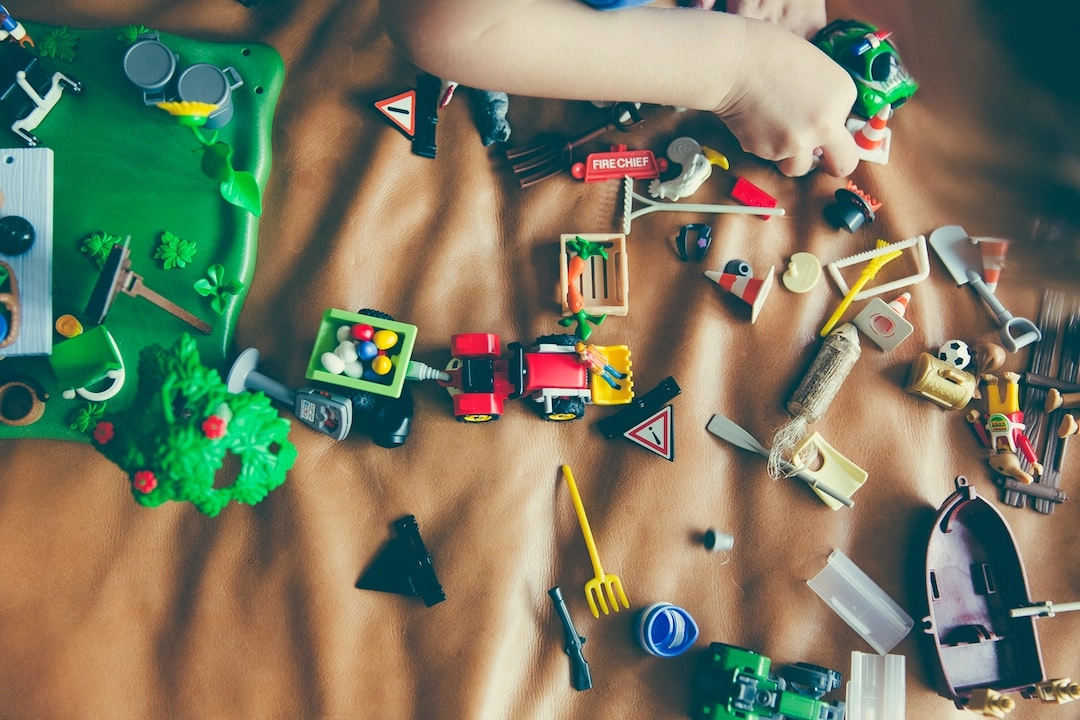What it is:
Sustainable Toy Manufacturing: Shaping a Greener Future
Sustainable toy manufacturing is an innovative approach that focuses on creating toys using environmentally friendly practices and materials. It encompasses the entire life cycle of toy production, from design and sourcing of materials to manufacturing processes and packaging. The aim is to reduce the overall environmental impact of the toy industry and promote a more sustainable future for both children and the planet. This involves adopting renewable energy sources, minimizing waste generation, using non-toxic and biodegradable materials, and incorporating eco-friendly designs and production methods.
Real-world problems:
Overconsumption and Waste Generation
One of the main challenges in the toy industry is overconsumption and the associated waste generation. Many toys are designed with a short lifespan, leading to frequent replacements and discards. This results in significant amounts of plastic and electronic waste that end up in landfills or oceans, contributing to pollution and harming ecosystems. Sustainable toy manufacturing aims to address this problem by creating durable and long-lasting toys that can be reused, repaired, or recycled, reducing the overall waste generated.
Toxic Materials and Health Concerns
Traditional toy manufacturing often involves the use of toxic materials, such as PVC and phthalates, which are harmful to both children and the environment. These materials can leach toxins, posing health risks for children who come into contact with them. Sustainable toy manufacturing focuses on sourcing and using non-toxic and eco-friendly materials that are safe for children and do not contribute to environmental pollution.
Carbon Footprint and Energy Consumption
The toy industry contributes to greenhouse gas emissions and climate change through energy consumption and transportation. Traditional manufacturing processes reliant on fossil fuels and long-distance shipping can result in high carbon footprints. Sustainable toy manufacturing seeks to reduce energy consumption and emissions by sourcing renewable energy, implementing efficient manufacturing practices, and minimizing transportation distances through localized production and distribution networks.
With a commitment to sustainable toy manufacturing, we can shape a greener future for our children and promote environmental stewardship from an early age. By addressing these real-world problems and implementing eco-friendly practices, we can create toys that are not only fun and educational but also contribute to a healthier and more sustainable planet for generations to come.

Solutions to the Real-World Problems in Sustainable Toy Manufacturing:
1. Overconsumption and Waste Generation
– Emphasize the importance of durability and longevity in toy design, creating toys that can withstand extended use and play.
– Encourage reuse and recycling by incorporating modular toy designs and providing dedicated collection points for toy recycling.
– Educate consumers about the benefits of conscious purchasing decisions, encouraging them to choose quality toys that can be passed on or donated.
2. Toxic Materials and Health Concerns
– Prioritize the use of non-toxic and eco-friendly materials in toy manufacturing, such as sustainably sourced wood, organic textiles, and water-based paints.
– Invest in rigorous testing and certifications to ensure toys meet safety standards and are free from harmful chemicals.
– Increase transparency by providing detailed information about the materials used in toy production to empower consumers to make informed choices.
3. Carbon Footprint and Energy Consumption
– Transition to renewable energy sources, such as solar or wind power, to reduce the carbon footprint of toy manufacturing.
– Optimize manufacturing processes to reduce energy consumption and waste generation through automation, improved efficiency, and responsible resource management.
– Establish localized production centers to minimize transportation distances and the associated emissions.
By implementing these solutions, sustainable toy manufacturing can significantly reduce environmental impact while still providing children with engaging and educational play experiences. The collective efforts of manufacturers, consumers, and regulatory bodies can shape a greener future, fostering a sense of responsibility and care for the environment in the younger generation.













